Black Swan And Her Sisters
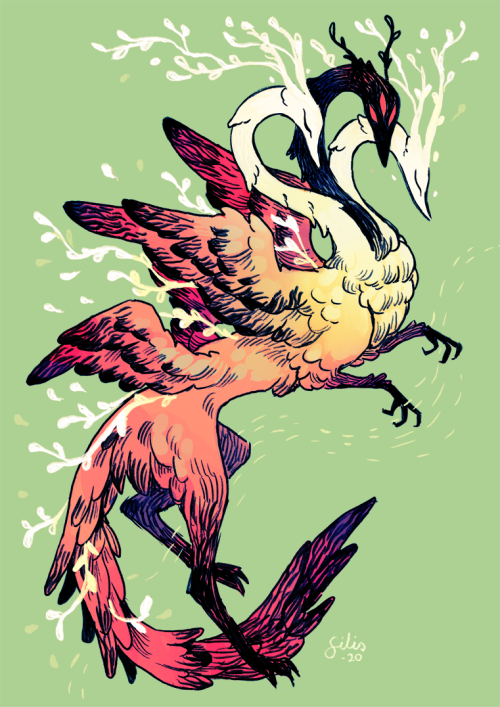
black swan and her sisters
More Posts from Eggxecutive-dysfunction and Others



):
Hello! You take requests, right? Please ignore this if I'm mistaken. I'd love to see some good green heron faces, though. Ever since I saw this image ((c) Larry Jordan, The Birder's Report) I've been in love.

ohhh i do take requests and i love them !!
Green Heron (Butorides virescens)

© Gregg Petersen

© Richard Lachance

© John Diener

© Forest Jarvis

© Alejandra Pons
oh but don't worry...
i saved the best for last...
cause i know the angle you REALLY wanted is...

© Mikael Behrens
ardeidae buddies @unironic-memes
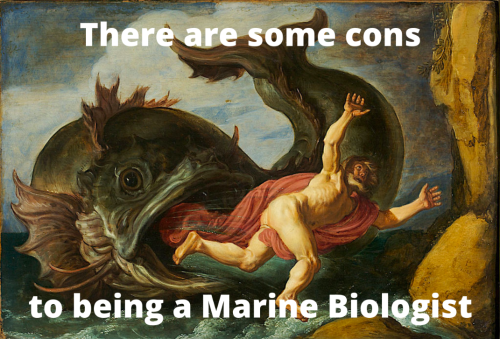

A Lunar Corona with Jupiter and Saturn : Why does a cloudy moon sometimes appear colorful? The effect, called a lunar corona, is created by the quantum mechanical diffraction of light around individual, similarly-sized water droplets in an intervening but mostly-transparent cloud. Since light of different colors has different wavelengths, each color diffracts differently. Lunar Coronae are one of the few quantum mechanical color effects that can be easily seen with the unaided eye. Solar coronae are also sometimes evident. The featured composite image was captured a few days before the close Great Conjunction between Saturn and Jupiter last month. In the foreground, the Italian village of Pieve di Cadore is visible in front of the Sfornioi Mountains. via NASA

Inktober - Day 10
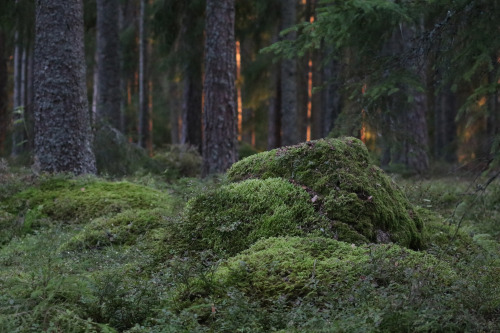
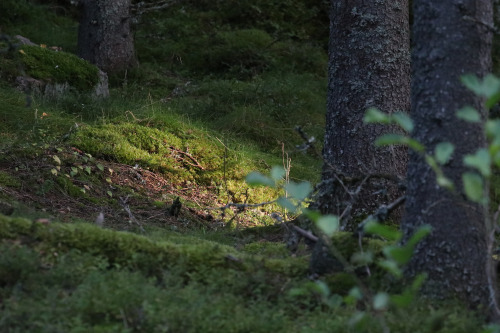
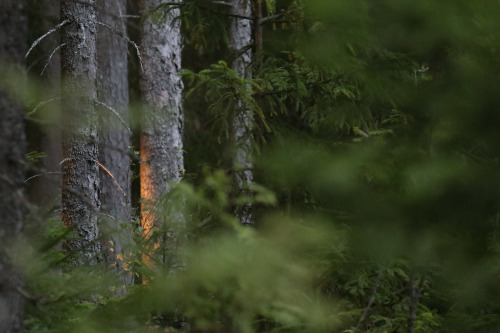
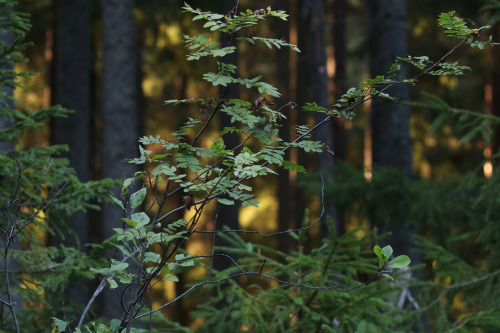
A quiet moment.
Awww shit yall know what it is

In Green Company: Aurora over Norway : Raise your arms if you see an aurora. With those instructions, two nights went by with, well, clouds – mostly. On the third night of returning to same peaks, though, the sky not only cleared up but lit up with a spectacular auroral display. Arms went high in the air, patience and experience paid off, and the creative featured image was captured as a composite from three separate exposures. The setting is a summit of the Austnesfjorden fjord close to the town of Svolvear on the Lofoten islands in northern Norway. The time was early 2014. Although our Sun has just passed the solar minimum of its 11-year cycle, surface activity should pick up over the next few years with the promise of triggering more spectacular auroras on Earth. via NASA
-
 eternityservedcold reblogged this · 2 months ago
eternityservedcold reblogged this · 2 months ago -
 arlhin liked this · 2 months ago
arlhin liked this · 2 months ago -
 genderbent-yt reblogged this · 2 months ago
genderbent-yt reblogged this · 2 months ago -
 batsudreamy reblogged this · 3 months ago
batsudreamy reblogged this · 3 months ago -
 dtnarr liked this · 3 months ago
dtnarr liked this · 3 months ago -
 stuffingisforfools reblogged this · 3 months ago
stuffingisforfools reblogged this · 3 months ago -
 pretty-little-magnolia liked this · 3 months ago
pretty-little-magnolia liked this · 3 months ago -
 halictid-lotus liked this · 3 months ago
halictid-lotus liked this · 3 months ago -
 steevejr liked this · 4 months ago
steevejr liked this · 4 months ago -
 aquariuspearl14 liked this · 4 months ago
aquariuspearl14 liked this · 4 months ago -
 courierrsix reblogged this · 4 months ago
courierrsix reblogged this · 4 months ago -
 inhumanrampage reblogged this · 4 months ago
inhumanrampage reblogged this · 4 months ago -
 loveoaths reblogged this · 4 months ago
loveoaths reblogged this · 4 months ago -
 saltenckrakers liked this · 5 months ago
saltenckrakers liked this · 5 months ago -
 bossbot97 reblogged this · 5 months ago
bossbot97 reblogged this · 5 months ago -
 bossbot97 liked this · 5 months ago
bossbot97 liked this · 5 months ago -
 avianashes reblogged this · 5 months ago
avianashes reblogged this · 5 months ago -
 plausiblyren reblogged this · 5 months ago
plausiblyren reblogged this · 5 months ago -
 foolishdust liked this · 5 months ago
foolishdust liked this · 5 months ago -
 bloghyperfixes liked this · 7 months ago
bloghyperfixes liked this · 7 months ago -
 v0idbird reblogged this · 8 months ago
v0idbird reblogged this · 8 months ago -
 v0idbird liked this · 8 months ago
v0idbird liked this · 8 months ago -
 foolishkatreblog reblogged this · 8 months ago
foolishkatreblog reblogged this · 8 months ago -
 dark-lord-of-awesomeness liked this · 8 months ago
dark-lord-of-awesomeness liked this · 8 months ago -
 vampirejuno liked this · 8 months ago
vampirejuno liked this · 8 months ago -
 lambtongue reblogged this · 8 months ago
lambtongue reblogged this · 8 months ago -
 starsoupsaysstuff liked this · 9 months ago
starsoupsaysstuff liked this · 9 months ago -
 nebulouspersonality reblogged this · 9 months ago
nebulouspersonality reblogged this · 9 months ago -
 rosehip-cordial reblogged this · 9 months ago
rosehip-cordial reblogged this · 9 months ago -
 a-cosmonaut-or-an-astronaut liked this · 9 months ago
a-cosmonaut-or-an-astronaut liked this · 9 months ago -
 cr0w-with-a-knife liked this · 10 months ago
cr0w-with-a-knife liked this · 10 months ago -
 tired-reader-writer reblogged this · 10 months ago
tired-reader-writer reblogged this · 10 months ago -
 parsimoniouspatrician reblogged this · 10 months ago
parsimoniouspatrician reblogged this · 10 months ago -
 lonelyhomestucker413 reblogged this · 10 months ago
lonelyhomestucker413 reblogged this · 10 months ago -
 she-of-the-snakes liked this · 10 months ago
she-of-the-snakes liked this · 10 months ago -
 ridzan liked this · 10 months ago
ridzan liked this · 10 months ago -
 elmahoax liked this · 10 months ago
elmahoax liked this · 10 months ago -
 mysticpotato1234565 liked this · 10 months ago
mysticpotato1234565 liked this · 10 months ago -
 amediumsizedrat liked this · 10 months ago
amediumsizedrat liked this · 10 months ago -
 parmelde liked this · 10 months ago
parmelde liked this · 10 months ago -
 dragontameremi liked this · 10 months ago
dragontameremi liked this · 10 months ago -
 sketchehkimmeh liked this · 10 months ago
sketchehkimmeh liked this · 10 months ago -
 fai-in-a-tree reblogged this · 10 months ago
fai-in-a-tree reblogged this · 10 months ago -
 rahneaamar reblogged this · 10 months ago
rahneaamar reblogged this · 10 months ago -
 27thdawn liked this · 10 months ago
27thdawn liked this · 10 months ago -
 yaintbeet reblogged this · 10 months ago
yaintbeet reblogged this · 10 months ago -
 hg-anna reblogged this · 10 months ago
hg-anna reblogged this · 10 months ago -
 chocolatevolcano liked this · 10 months ago
chocolatevolcano liked this · 10 months ago -
 jackolanternsummers reblogged this · 10 months ago
jackolanternsummers reblogged this · 10 months ago


